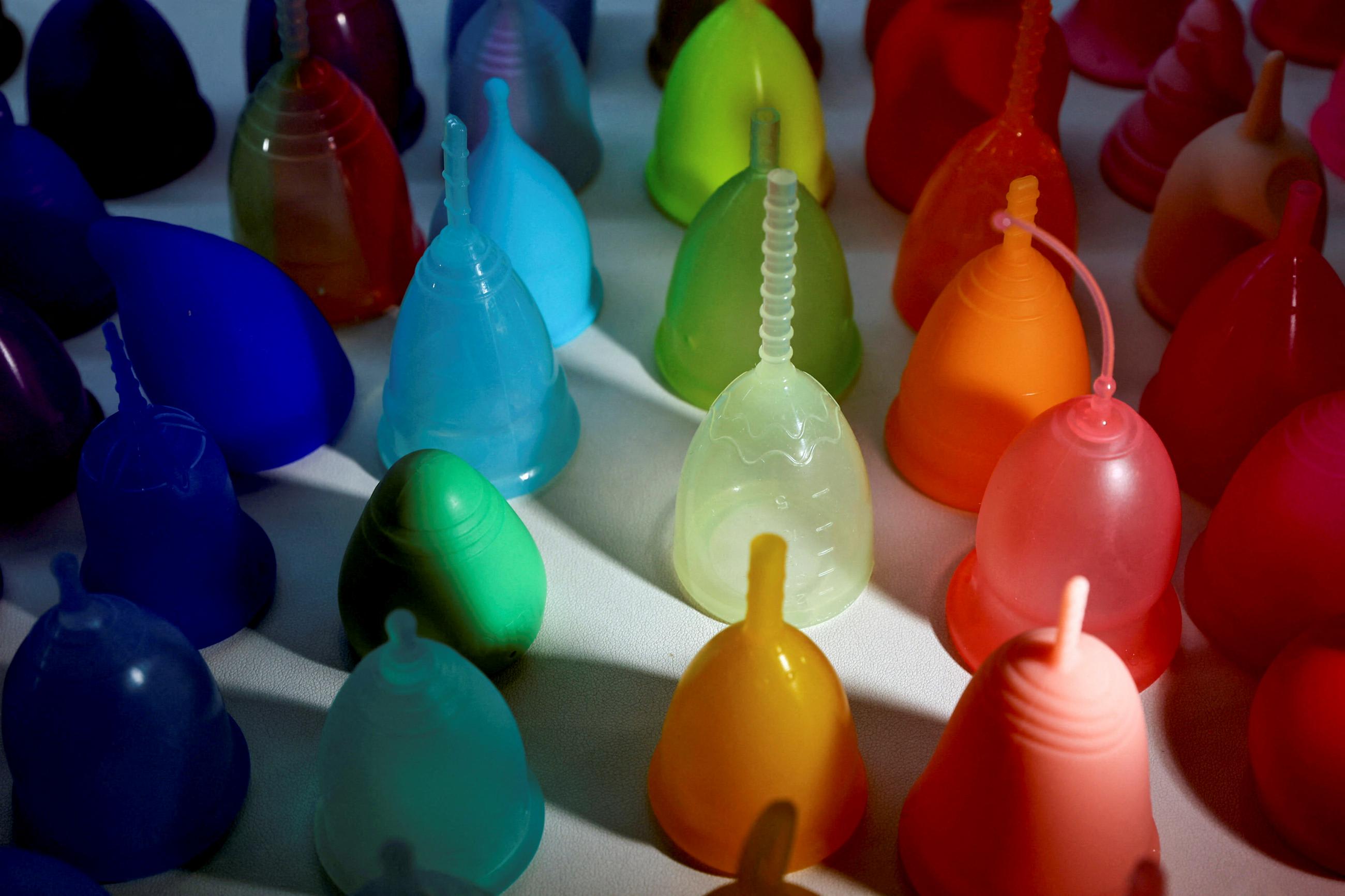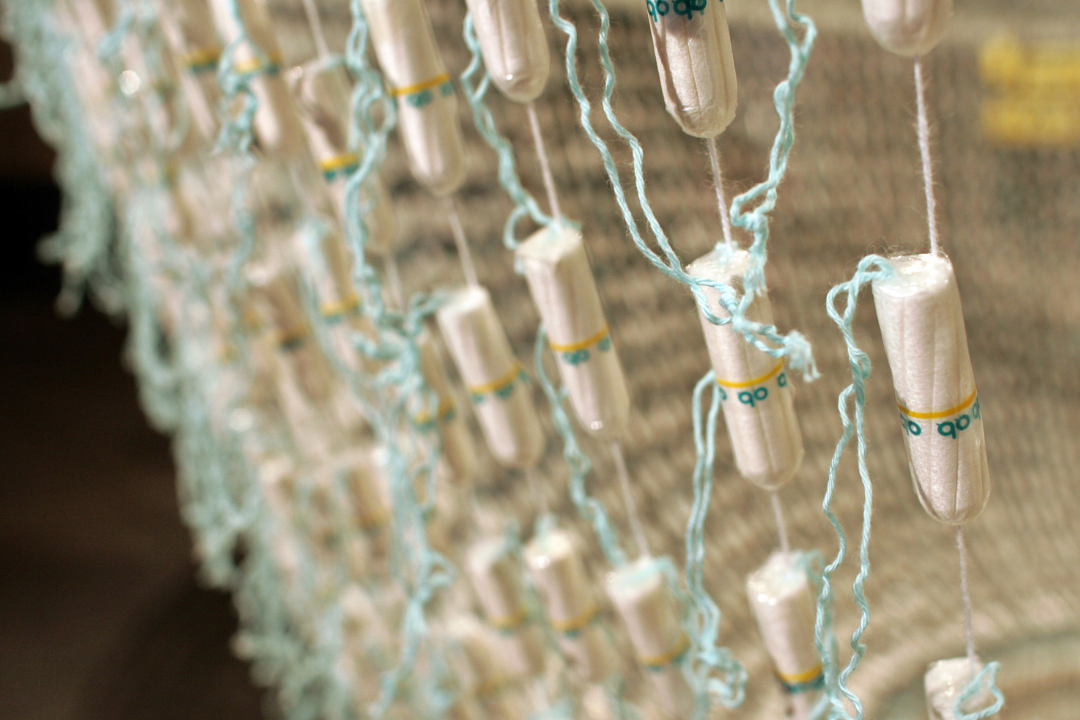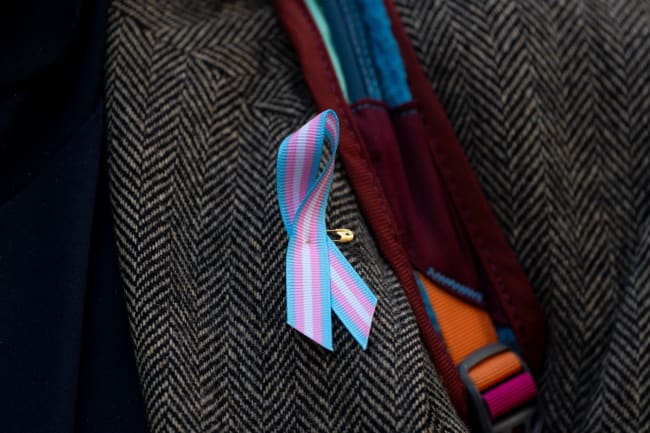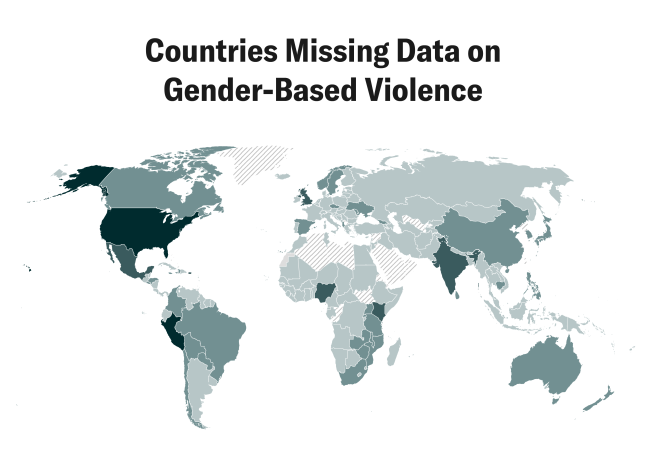A few weeks ago, when Alana Semuels decided to amplify her concerns regarding the tampon shortage in the United States, menstrual health captured the attention of other media outlets, the public, and lawmakers. In her article for Time, the senior economics correspondent noted that tampon supplies are depleted and had been since 2020. But unlike hand sanitizer and sriracha sauce shortages, it has taken two years for dwindling tampon supplies to make headlines.
It was a reminder that even though more than 34 million women in the United States regularly use tampons—small rolls of fabric that absorb blood when the lining of a woman's uterus breaks down every month—the shortage reflects a lack of gender-responsive policies that understand and value the basic needs of women and adolescent girls. Without such policies to ensure access to menstrual information and resources, there is a risk for economic, social, and health crises for women—all of which can affect a country's development.
The tampon shortage reflects a lack of gender-responsive policies that understand and value the basic needs of women
Today, few countries prioritize menstrual health, and the United States is not one of them (however, kudos to Hawaii for passing a new law that requires period products to be free at Hawaii public schools). In 2004, Kenya was the first country in the world to remove taxes on tampons. In 2011, it also removed import duty fees on sanitary pads. More recently, in 2020, New Zealand announced that country-wide, schools would provide free tampons and pads in an effort to increase school attendance. Scotland followed suit in 2021.
Why is There a Tampon Shortage?
There are many theories regarding the root cause of the tampon shortage. The rising cost and volatility of sourcing raw materials—cotton, rayon, and plastic—that go into tampons are to blame, some experts told The Washington Post. On the other hand, Edgewell Personal Care 2022 reported to ABC News that the tampon shortage stems from an extensive workforce shortage caused by the global pandemic.
The truth is that it is probably an amalgam of factors.
The Most Affected Population and the Price They Pay
The decline in tampon production not only causes physical inconvenience for women but also poses a financial burden due to the inflated cost of menstrual products. In June 2022, the average price of a box of tampons increased 10 percent compared to last year, according to NielsonIQ. While higher-income individuals can turn to online ordering when supplies are low, as with all shortages, consumers from low socioeconomic households take the biggest hit due to reduced internet access and higher prices.
Unaffordability and inaccessibility of menstrual products also increases the social, physical, and economic vulnerability of a person who menstruates. "U" by Kotex carried out a study in 2021 that revealed that two in five Americans are affected by period poverty.
A lack of access to menstrual products often leads women, adolescent girls, transgender men, and non-binary individuals to improvise—using leaves, newspapers, ashes, cloth, wet soil, cow dung, or animal skin. Reports have documented that these products can cause discomfort, serious health issues, and sometimes death. Inaccessibility of quality menstrual resources also reduces adolescent girls' ability to attend school, compromising their education and future employment opportunities.
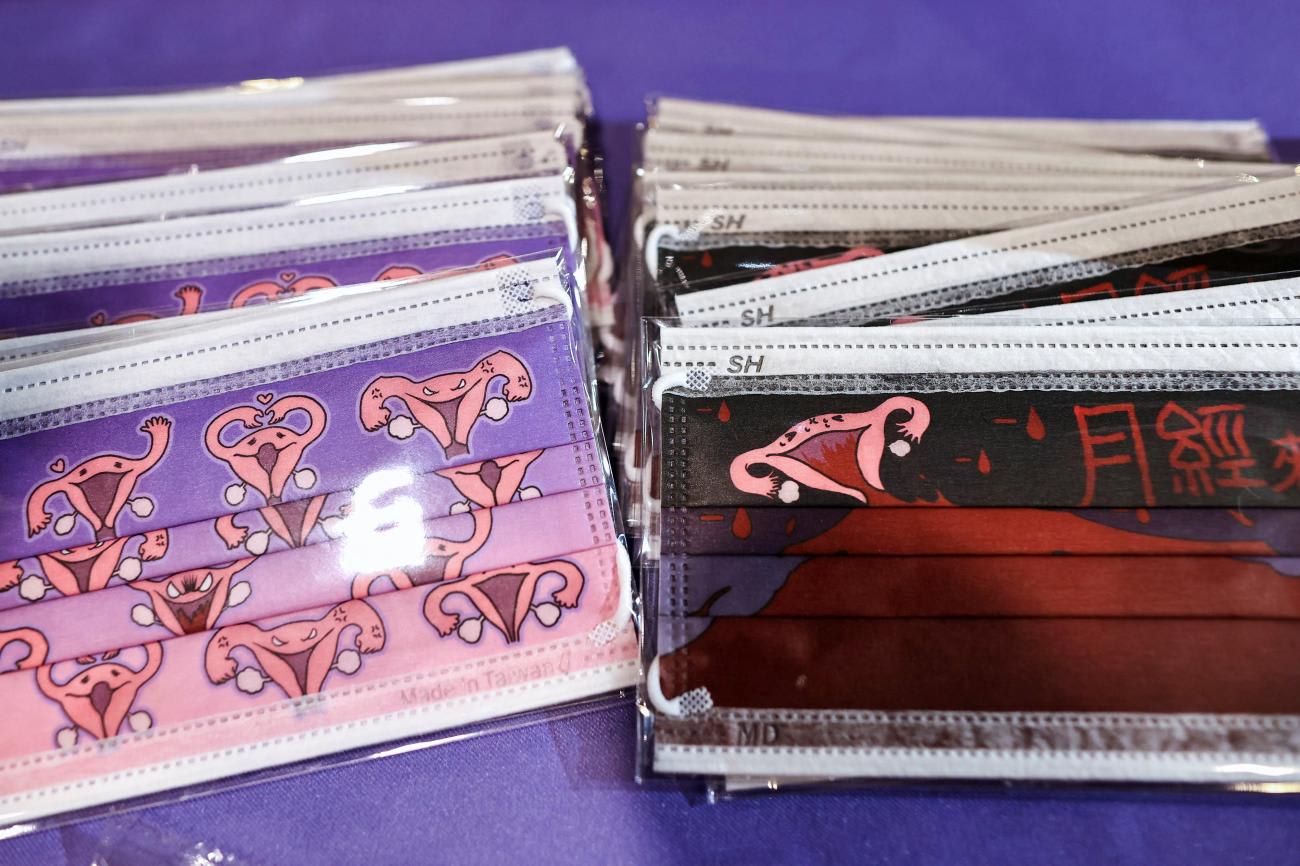
The Way Forward
But some good has come out of the 2022 U.S. tampon shortage. During the past two weeks, there has been a rise in discussion of the topic. The U.S. government and some companies have started recognizing this as an issue that requires a strategic long-term solution. One suggestion is to increase the availability of reusable products, including pads, menstrual underwear, and moon cups. This helps address issues related to supply but also linked to the environmental impact of single-use products. Yet, the Food and Drug Administration (2021) does not regulate these reusable products, which highlights a failure to ensure menstrual health and the right to physical health and welfare of individuals who menstruate in the United States. It is another example of the U.S. government deprioritizing menstrual health issues.
As always, schools, local non-profit organizations, and women's centers are left to carry the responsibility of distributing tampons to their communities. Aunt Flow is one such company. Founded by a woman, the company was better prepared for the shortage and is currently facing no delivery or production issues. Its robust supply chain team ensures that their product is on the move and easily accessible to customers at an affordable price. Nonetheless, these measures are not enough to manage menstruation for a nation.
The power to provide quality and safe menstrual health resources still lies with those who do not experience menstruation. This fact may be a driver of period poverty. From companies responsible for producing menstrual products to national governments passing legislation on menstrual health, it's important that when men are among the decision makers, that they have a full understanding of a woman's menstrual cycle and health needs. It is time to start including all genders in decision making, which will increase the empathy toward individuals who do not menstruate—women, adolescent girls, transgender men, and non-binary individuals who menstruate need to be at the table. This could support the prioritization of programs and policies related to menstrual health at the national U.S. level, and it could show the world that the United States is committed to elevating the menstrual health agenda. The inclusivity across the different divisions of the corporate and government sector could improve menstrual health status and could stop future shortages.
Access to menstrual products should not be a luxury
A Universal Right
Everyone has the right to attain menstrual health. The United States would benefit from providing free period products to all, as well as reproductive health education to schoolgirls nationally by building on existing state policies, including New York (2018), New Hampshire (2019), Washington (2021), Illinois (2021), and Virginia (2021). The United States could also learn from the policies of Kenya (2018), Botswana (2017), Zambia (2017), and Uganda (2016), countries distributing free menstrual products to schools in a bid to keep adolescent girls in school.
The federal government could also remove the "tampon tax," which still exists in more than two dozen states. The challenge with that is the tax does generate a revenue, and eliminating this revenue means that the revenue will need to be recouped elsewhere. For example, in New York state, eliminating the tampon tax is estimated to account for a $14 million reduction in revenue annually. We propose that this tax be recouped through a system that does not specifically target women, adolescent girls, transgender men, and non-binary individuals who menstruate.
One Size Does Not Fit All
Menstrual health not only benefits individuals who menstruate, but directly affects a country's economic position and its ability to deliver social justice. Addressing menstrual health optimizes the capacity of adolescent girls to continue their education after menarche and ensures their basic needs are met. It allows people to fully contribute to the workforce, which strengthens a country's labor force, leading to its growth and development.
Access to menstrual products such as tampons should not be a luxury. The right to menstrual health is a human right and as far as the sexual and reproductive health framework goes, we need to move forward, not backward.
